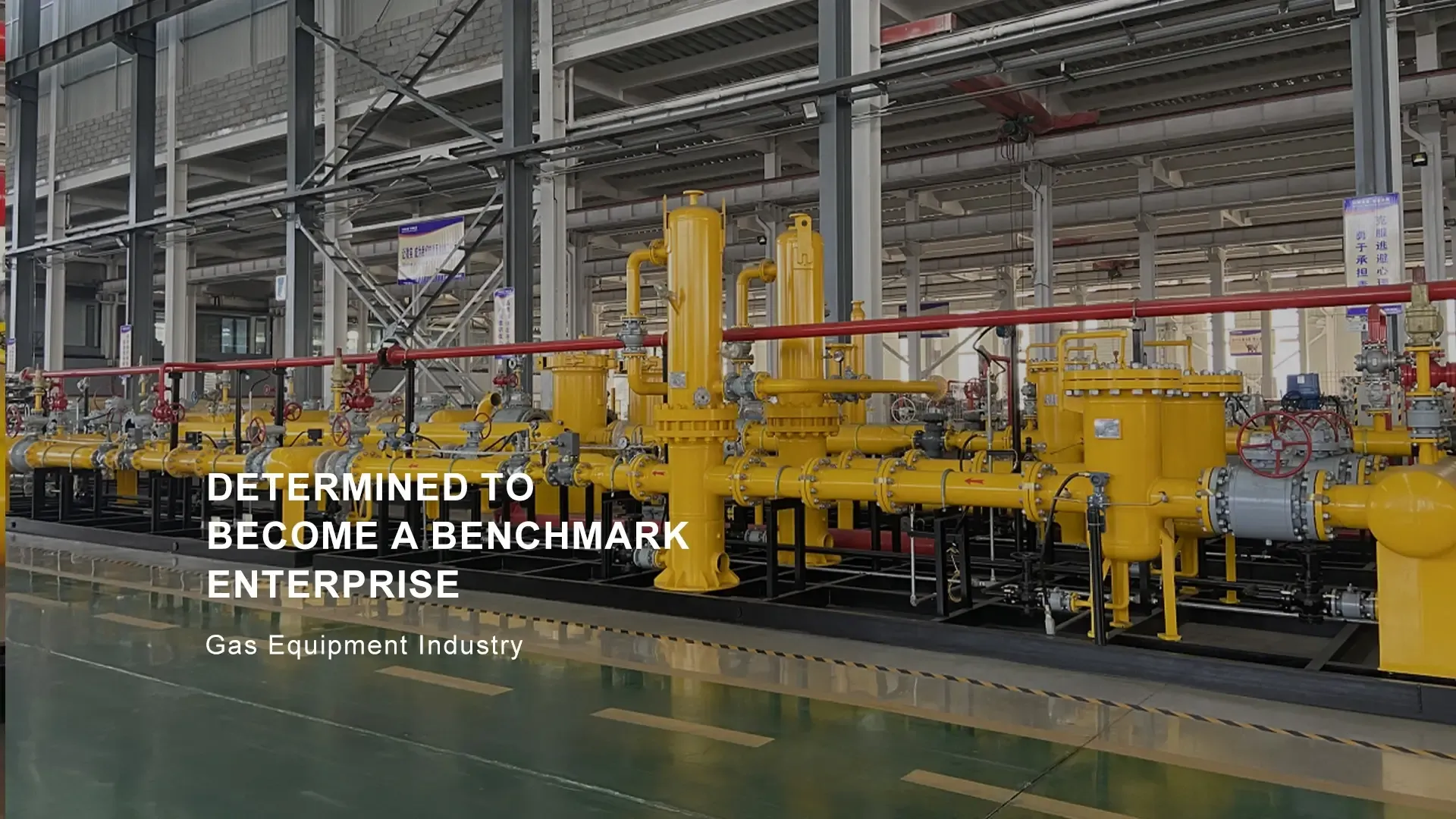
Dec . 04, 2024 16:35
Back to list
Electric Control Valve for Optimal Flow Regulation and System Efficiency
Understanding Electric Regulating Valves Enhancing Control in Modern Systems
Electric regulating valves are essential components in a variety of industrial and commercial applications, serving as pivotal devices that control the flow of fluids—be it gases, liquids, or slurries—within a system. Their primary function is to manage the quantity and pressure of the fluids being transported and processed, ensuring efficient operations and safety. This article delves into the characteristics, functions, benefits, and applications of electric regulating valves, shedding light on their significant role in modern engineering.
What is an Electric Regulating Valve?
An electric regulating valve consists of a valve body and an actuator, usually coupled with a position controller. The electric actuator provides precise control over the valve position, allowing for a wide range of flow rates and pressure adjustments. Unlike traditional manually operated valves, electric regulating valves enable automation and remote control, which leads to enhanced precision in process management and decreased operational costs.
How Electric Regulating Valves Work
The functioning mechanism of electric regulating valves is relatively straightforward. When a control signal—typically from a process controller—is received, the electric actuator adjusts the valve's opening or closing position accordingly. This can be done continuously (in the case of proportional control) or in discrete steps (on/off control). The integration of feedback systems, such as sensors that monitor flow, pressure, and temperature, allows for real-time adjustments to maintain desired operating conditions.
Key Features of Electric Regulating Valves
1. Automation Capability One of the standout features of electric regulating valves is their compatibility with automation systems. This capability reduces the need for manual intervention, thus improving safety and efficiency in operations.
2. Precision Control These valves can be finely tuned to achieve precise flow rates, which is crucial in processes that require stringent control over fluid dynamics.
electric regulating valve

4. Durability Many electric regulating valves are built with robust materials, making them resistant to corrosion and wear, which is essential for maintaining longevity in harsh industrial conditions.
Benefits of Using Electric Regulating Valves
- Increased Efficiency By precisely controlling the flow of fluids, electric regulating valves can optimize processes, reducing waste and resource consumption. - Improved Safety Automation minimizes human error, increasing operational safety. Furthermore, the ability to monitor system parameters in real-time enhances predictive maintenance, leading to fewer accidents and unplanned downtimes.
- Cost-Effectiveness Although the initial investment in electric regulating valves may be higher than traditional valves, the long-term savings achieved through improved efficiency and reduced manpower needs make them more cost-effective over time.
- Remote Monitoring Many modern electric regulating valves come equipped with communication interfaces that allow for remote monitoring and control, providing operators with significant flexibility and real-time data access.
Applications of Electric Regulating Valves
Electric regulating valves find a wide array of applications across various industries. In the oil and gas sector, they are vital for controlling flow rates in pipelines. In water treatment plants, these valves regulate the flow of chemicals and ensure optimal performance throughout the filtration process.
In the HVAC industry, electric valves help maintain desired temperatures by controlling airflow in heating and cooling systems. In the pharmaceutical industry, they are crucial in ensuring precise dosing in production lines. Furthermore, electric regulating valves are also indispensable in food processing, where hygiene and accuracy are paramount.
Conclusion
Electric regulating valves represent a significant advancement in fluid control technology, providing industries with tools to achieve greater efficiency and safety in their operations. Their ability to integrate with modern automation systems and provide precise control makes them ideal for varied applications across many sectors. As industries continue to adapt to more sophisticated technologies, the importance of electric regulating valves will undoubtedly grow, cementing their role as critical components in the quest for improved operational excellence and sustainability.
Latest news
-
Safety Valve Spring-Loaded Design Overpressure ProtectionNewsJul.25,2025
-
Precision Voltage Regulator AC5 Accuracy Grade PerformanceNewsJul.25,2025
-
Natural Gas Pressure Regulating Skid Industrial Pipeline ApplicationsNewsJul.25,2025
-
Natural Gas Filter Stainless Steel Mesh Element DesignNewsJul.25,2025
-
Gas Pressure Regulator Valve Direct-Acting Spring-Loaded DesignNewsJul.25,2025
-
Decompression Equipment Multi-Stage Heat Exchange System DesignNewsJul.25,2025

